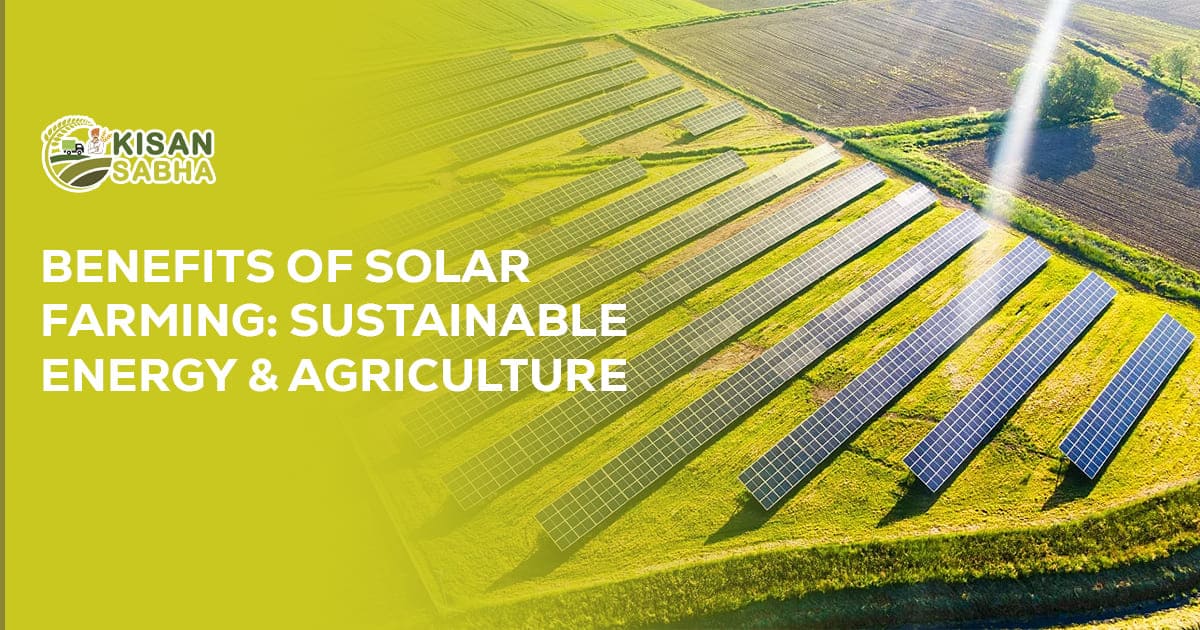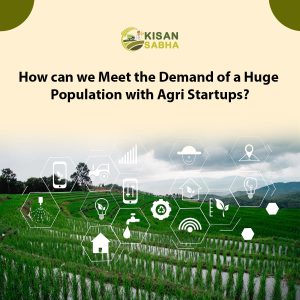Solar farming has emerged as a groundbreaking concept in an era marked by the urgent need for sustainable solutions to address the challenges of energy production and environmental conservation. This innovative approach combines solar energy generation with agricultural practices, paving the way for a harmonious coexistence of renewable energy and food production. Solar farming, also known as agrivoltaics, not only revolutionizes our approach to energy but also offers a range of key benefits that span economic, environmental, and social domains. So, let’s get started!
8 Key Benefits of Solar Farming
Solar farming, also known as solar agriculture or agrivoltaics, offers several key benefits:
1. Renewable Energy Generation:– Solar farms harness the power of the sun to generate clean and renewable energy. This helps reduce reliance on fossil fuels, mitigates greenhouse gas emissions, and contributes to a more sustainable energy mix.
2. Land Optimization:- Solar farms can be installed on underutilized or non-arable land, such as desert areas or land near transmission lines. This allows for the efficient use of land that might otherwise have limited agricultural or industrial potential.
3. Dual Land Use and Agricultural Benefits:- Solar panels can be mounted on structures that allow for the simultaneous use of land for agriculture or livestock grazing. This dual land-use approach optimizes resource utilization and enhances the economic benefits for farmers. Additionally, solar panels can provide shade, reducing water evaporation and potentially improving crop yields.
4. Job Creation and Economic Growth:– The development and operation of solar farms create job opportunities in various stages, including installation, maintenance, and management. It contributes to local economic growth, stimulates investment, and supports a green economy.
5. Energy Independence and Grid Resilience:– Solar farming diversifies the energy mix and promotes energy independence by producing electricity locally. This can enhance grid resilience, especially in remote or rural areas, reducing reliance on long-distance power transmission networks.
6. Cost Savings:- Over time, solar farming offers cost advantages as solar technology becomes more efficient and the cost of solar panels decreases. It can provide stable and predictable electricity prices, reducing reliance on fluctuating fossil fuel prices.
7. Environmental Benefits:– Solar farming helps combat climate change by reducing carbon emissions. It also reduces air and water pollution associated with conventional energy sources, improving overall environmental quality.
8. Community Engagement and Education:– Solar farms can engage and educate local communities about renewable energy, sustainability, and climate change. They serve as educational resources, inspiring a shift towards cleaner energy practices and raising awareness about environmental conservation.
Solar farming presents a compelling solution for sustainable energy generation, agricultural productivity, and environmental stewardship.
Also Read:- Unveiling the Key Considerations for Selecting a Bank for Agriculture Loan
Conclusion
In conclusion, solar farming offers a myriad of benefits that address the challenges of energy production, agriculture, and environmental sustainability. By harnessing the sun’s power for energy generation and agricultural enhancement, we can pave the way for a more sustainable and resilient future. However, the combination of clean energy, improved land use, enhanced crop yields, reduced water consumption, economic opportunities for farmers, carbon footprint reduction, and rural development makes solar farming a promising solution with the potential to shape a more sustainable and harmonious relationship between energy and agriculture.





